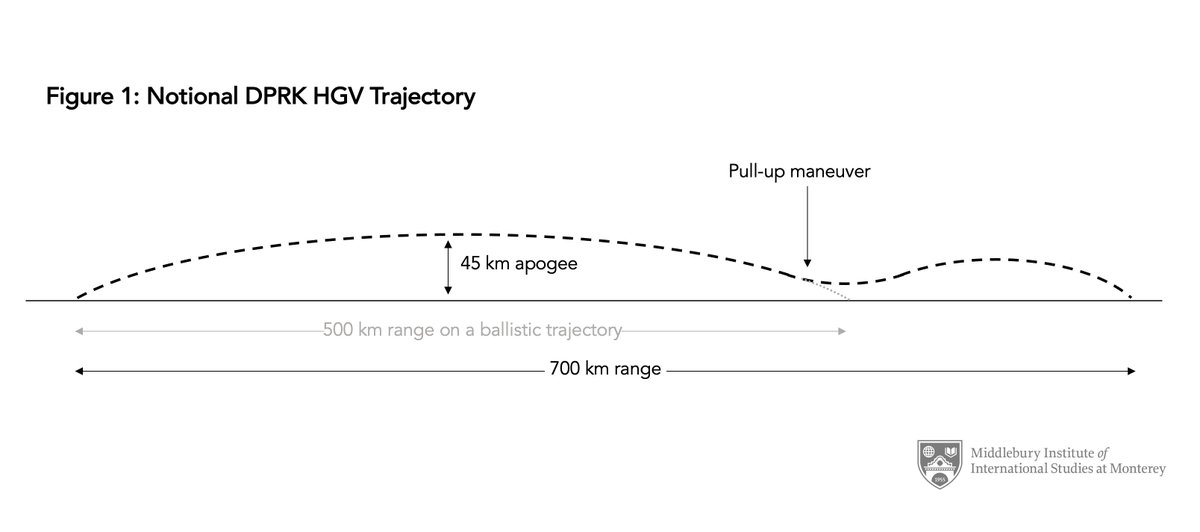
It's probably a 4,500 km-range Hwasong-12 IRBM based on the trajectory. Compare:
Hwasong-12 test on May 14 2012:
787 km range
2,111.5 km apogee
~30 minute flight time.
UI missile test on January 29, 2022
800 km range
>2000 km apogee
~30 minute flight time
Hwasong-12 test on May 14 2012:
787 km range
2,111.5 km apogee
~30 minute flight time.
UI missile test on January 29, 2022
800 km range
>2000 km apogee
~30 minute flight time

North Korea has tested a lot missiles recently, but this is a big step. In 2018, Kim announced a moratorium on intermediate- and intercontinental-range ballistic missile launches. North Korea has now broken that moratorium. ICBM tests are almost certain to follow.
I should say: The ROK/GOJ numbers could turn out to be wrong. Or it could be a new missile, like a solid, with a similar range as the Hwasong-12. We won't know until we see pictures tomorrow. So, caveat lector. But for now, it looks like a Hwasong-12.
*2017 not 2012z
*May 2017 not 2012.
• • •
Missing some Tweet in this thread? You can try to
force a refresh










